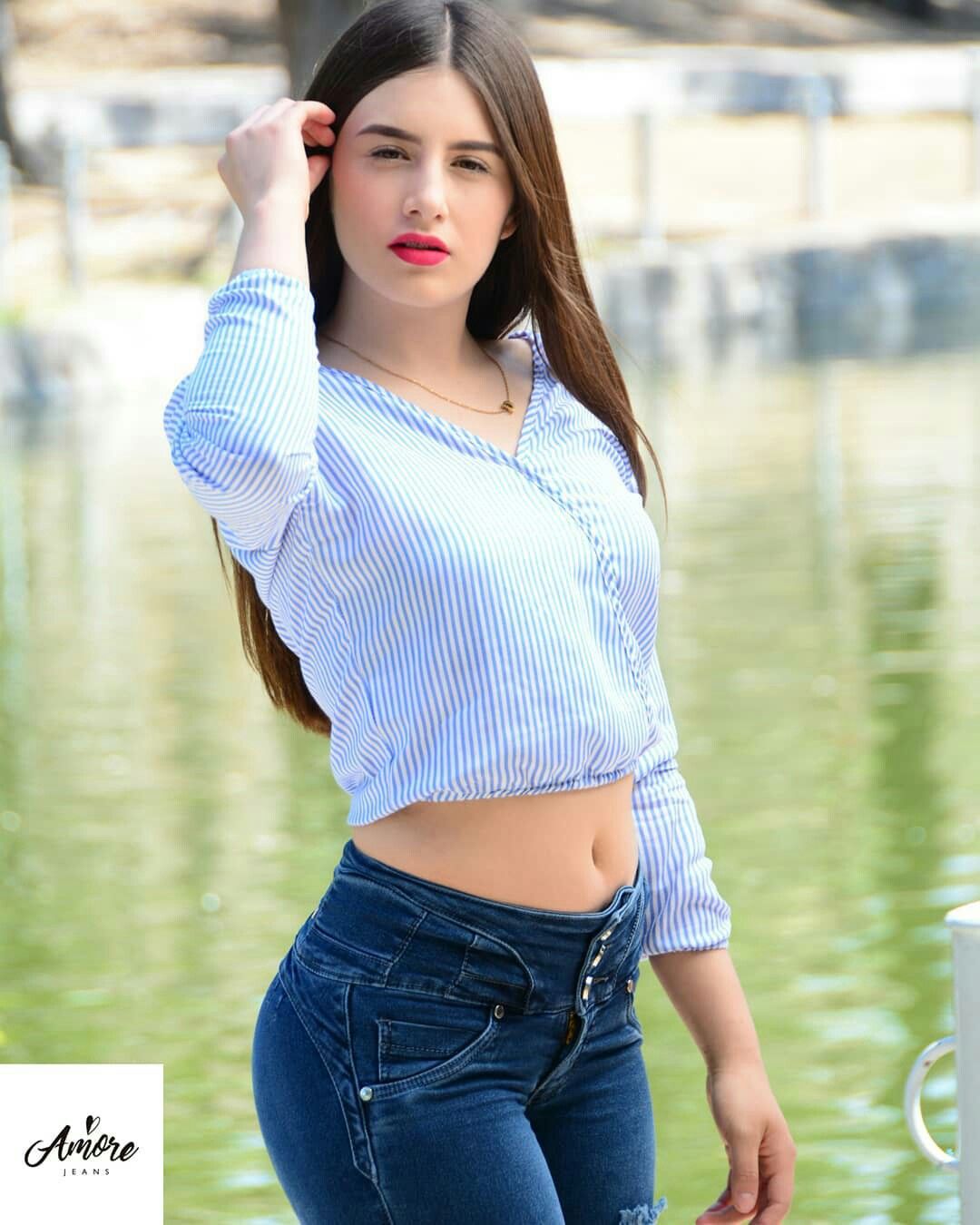Are you captivated by the enduring allure of beauty, the multifaceted definition that has shaped cultures and inspired artists for centuries? The quest to define and capture the essence of beautiful women is a timeless pursuit, one that continues to evolve with each generation, reflecting changing societal values and aesthetic ideals.
From the classical sculptures of ancient Greece to the vibrant imagery of modern photography, the representation of women's beauty has undergone a dramatic transformation. What was once considered the pinnacle of beauty in one era may be viewed through a completely different lens in another. This constant flux underscores the subjective nature of beauty, its intimate connection to the prevailing cultural context, and the power it holds to fascinate and inspire. The desire to explore, celebrate, and document this ever-shifting landscape is a deeply ingrained human impulse, driving creativity and fueling a global conversation about aesthetics, representation, and the evolving role of women in society.
This article delves into the vast and varied realm of images and ideas that surround the concept of mujeres hermosas – beautiful women. It navigates the digital spaces where these representations are found, exploring the platforms where they are shared, and analyzing the diverse perspectives they offer. This exploration is not merely an exercise in visual cataloging, but an attempt to understand the underlying cultural forces that shape our understanding of beauty and the ways in which we perceive and interact with images of women.
| Aspect | Details |
|---|---|
| Concept Focus | The global and ever-evolving concept of beautiful women (Mujeres Hermosas). |
| Cultural Context | Exploration of how beauty ideals are influenced by culture, time period, and societal values. |
| Image Sources | Analysis of images found on platforms such as Pinterest, Unsplash, Pexels, Getty Images, and others. |
| Digital Landscape | Investigation of how social media and online platforms shape the perception and dissemination of beauty standards. |
| Evolution of Representation | Tracking the shifts in the portrayal of women's beauty across different eras and artistic styles. |
| Subjectivity of Beauty | Emphasis on the personal and cultural factors that influence individual perceptions of beauty. |
| Impact of Media | Examination of the media's role in shaping beauty ideals and its influence on self-image and body image. |
| Inspiration and Motivation | How the images and ideas surrounding mujeres hermosas can be a source of inspiration, creativity, and self-expression. |
| Commercial Use | The role of stock photos and images in advertising and commercial applications, and the implications of this. |
| Ethical Considerations | Discussion on the ethical aspects of representing beauty, including body image, diversity, and cultural sensitivity. |
| Related Terms | Mujeres atractivas (attractive women), hermoso rostro (beautiful face), fotos de mujeres hermosas (photos of beautiful women). |
| Overall Goal | To understand the complexities of beauty, its representations, and its place in society, encouraging critical thinking and appreciation for diversity. |
| Relevant Websites | Pexels - Provides free stock photos and videos, including those of Mujeres Hermosas. |
The visual landscape surrounding the concept of mujeres hermosas is extraordinarily rich and diverse. Digital platforms have democratized the creation and sharing of images, offering a staggering array of representations. Pinterest, for instance, serves as a virtual gallery, hosting curated collections of images, from classic portraits to contemporary fashion photography, and everything in between. Users create boards dedicated to specific aesthetics, styles, and cultural interpretations of beauty, allowing for a personalized exploration of the subject. This collaborative environment fosters a continuous exchange of ideas and influences, shaping individual perceptions and contributing to the ongoing dialogue about beauty standards.
Unsplash and Pexels, among other stock photo sites, offer vast libraries of free-to-use images, making them invaluable resources for creators, marketers, and anyone seeking visual inspiration. The sheer volume of images available underscores the pervasiveness of this subject matter in the digital world. The commercial applications of these images are also significant. They are utilized in advertising campaigns, editorial features, and various marketing materials, often playing a crucial role in shaping consumer perceptions and aspirations. This commercial dimension highlights the economic forces at play in the realm of beauty and the powerful influence these images can have on societal values.
Getty Images and other premium stock photo agencies provide access to high-resolution images, often professionally produced and meticulously curated. These resources are widely used by media outlets, advertising agencies, and other professionals, contributing to the standardization of beauty ideals within mainstream culture. The selection and editing processes employed by these agencies have a considerable impact on the visual narratives that shape our understanding of attractiveness, influencing perceptions of beauty on a global scale. Exploring these platforms and the images they offer allows us to understand the varied range of portrayals that exist, as well as the commercial drivers behind them.
The language used to describe these images is equally diverse. The phrases mujeres hermosas (beautiful women), mujeres atractivas (attractive women), and descriptions of hermoso rostro (beautiful face) are frequently employed. These terms reflect the subjective nature of beauty and its association with different aspects of appearance. The emphasis on fotos de mujeres hermosas (photos of beautiful women) reinforces the importance of visual representation and the ways in which images serve as powerful vehicles for conveying ideas about beauty and attraction. The vast number of images available, from the thousands on Pexels to the millions on Getty Images, speaks to the enduring appeal of this subject matter.
The evolution of beauty standards is a fascinating process. Throughout history, ideals have shifted dramatically, reflecting changes in cultural values, technological advancements, and artistic movements. The classical sculptures of ancient Greece idealized specific proportions, while the Renaissance celebrated idealized female forms in paintings. In the 20th and 21st centuries, the media's influence has significantly accelerated the pace of change, creating a dynamic environment where trends emerge and evolve at an unprecedented rate. Understanding this historical context is vital to appreciating the diverse ways in which beauty is perceived and represented across time and cultures. It helps to reveal the social and cultural forces behind the images we see today.
The concept of beauty is not simply a matter of superficial aesthetics. It is deeply intertwined with personal identity, self-esteem, and the way individuals navigate the world. The images of mujeres hermosas can be a source of inspiration and motivation, driving creativity, self-expression, and the celebration of diverse forms of femininity. However, it is crucial to approach these images with a critical eye, recognizing that they often represent idealized versions of reality. Understanding the context in which these images are created, the biases they may contain, and their potential impact is essential for promoting a healthy relationship with beauty and fostering a more inclusive and representative view of women.
The ethical considerations associated with the representation of beauty are paramount. The potential for unrealistic beauty standards to contribute to body image issues, eating disorders, and other mental health concerns cannot be ignored. The media plays a significant role in shaping these perceptions, and it is therefore essential for creators, consumers, and society as a whole to embrace a more diverse and representative portrayal of women. This involves challenging conventional beauty norms, promoting inclusivity, and celebrating the unique qualities of individuals from all backgrounds. It calls for greater awareness of the potential pitfalls of overly idealized representations and a commitment to fostering a culture that values inner qualities alongside outer appearances.
The exploration of mujeres hermosas in the digital age is an ongoing journey. It requires a willingness to engage with a wide range of images, ideas, and perspectives, and a commitment to critical thinking and cultural awareness. By examining the visual landscape surrounding beauty, analyzing the forces that shape its representation, and recognizing its potential impact, we can develop a deeper appreciation for the complexities of this enduring human fascination. Ultimately, this process can lead to a more nuanced, inclusive, and empowering understanding of beauty and the role it plays in our lives.



